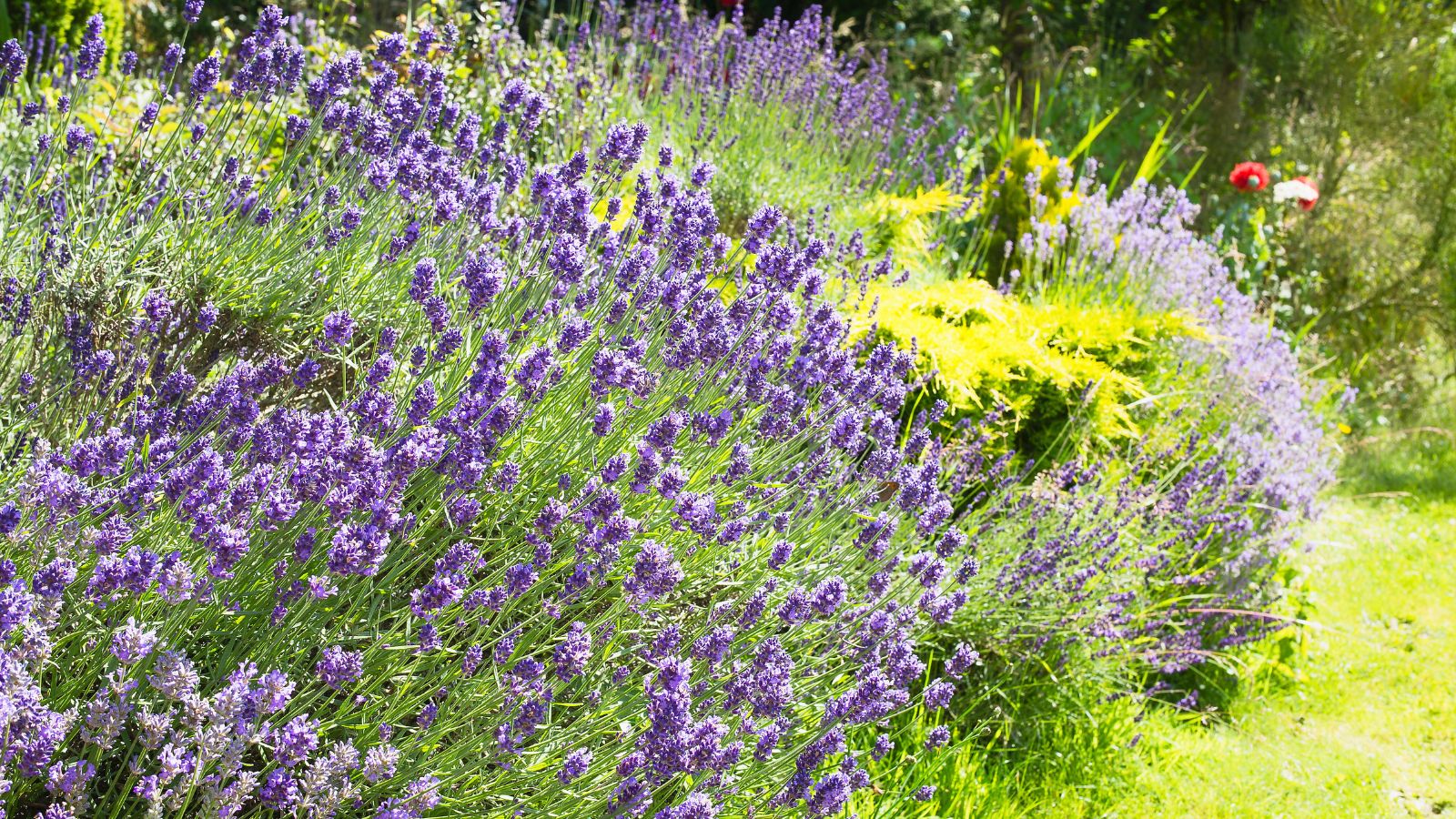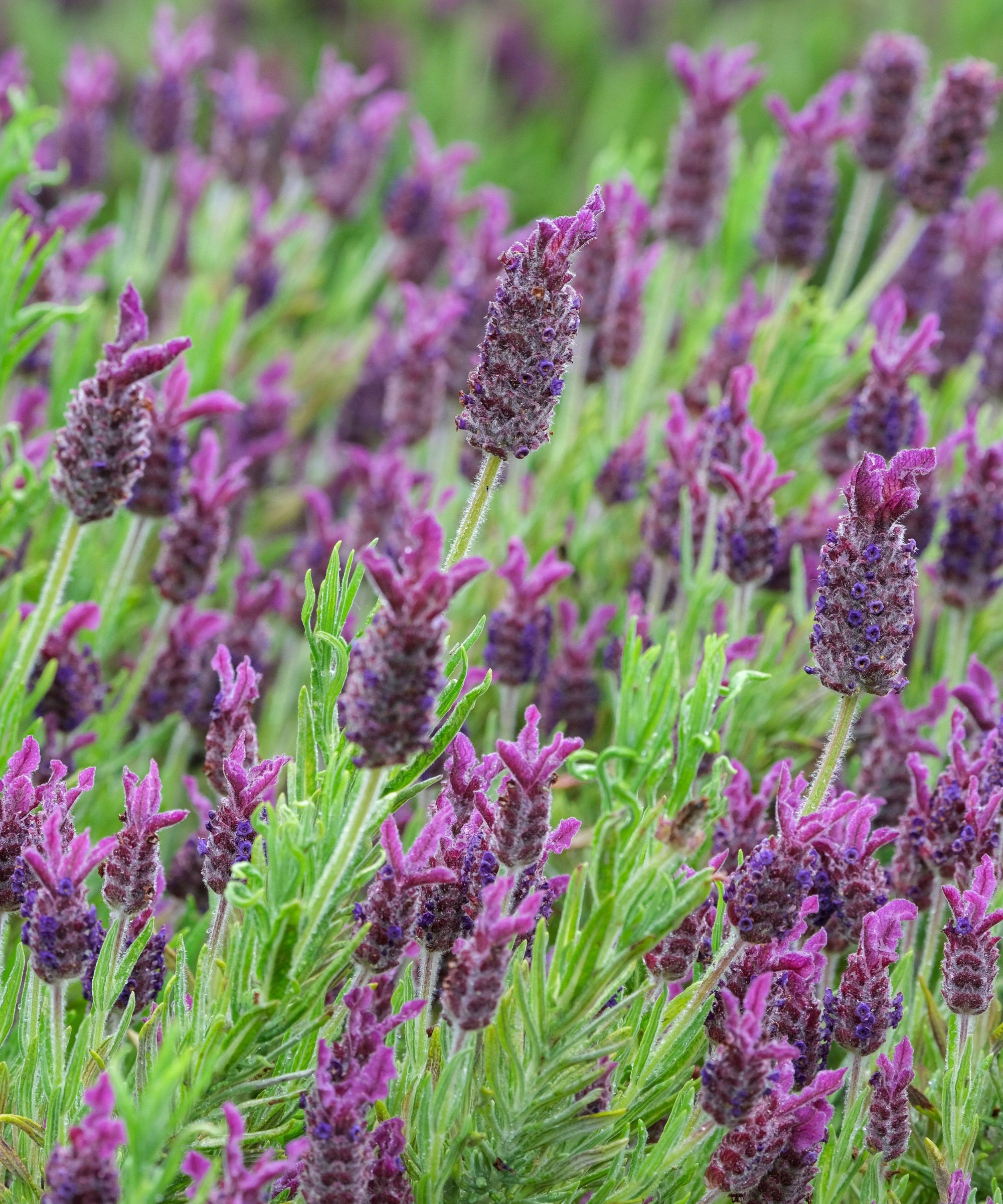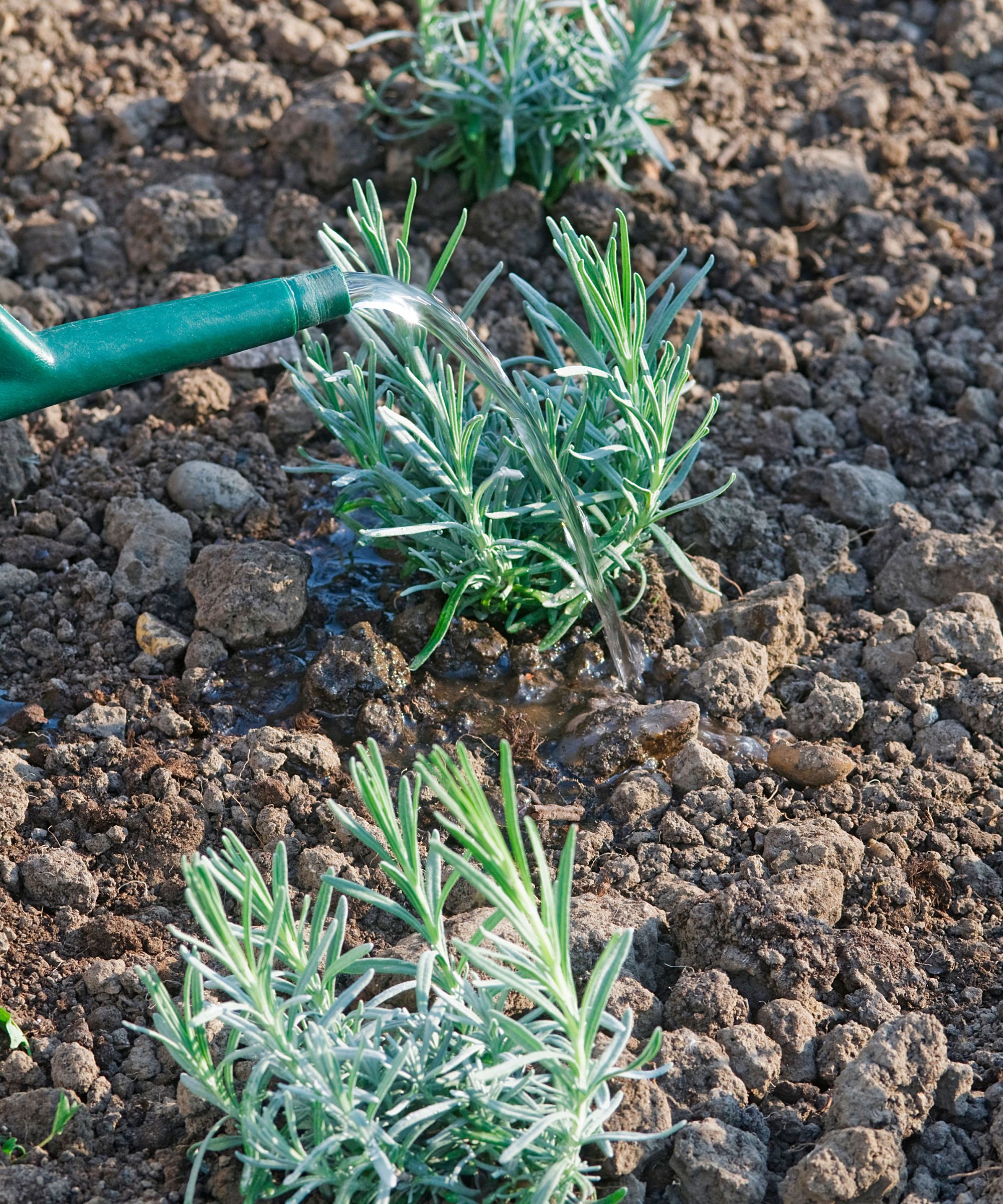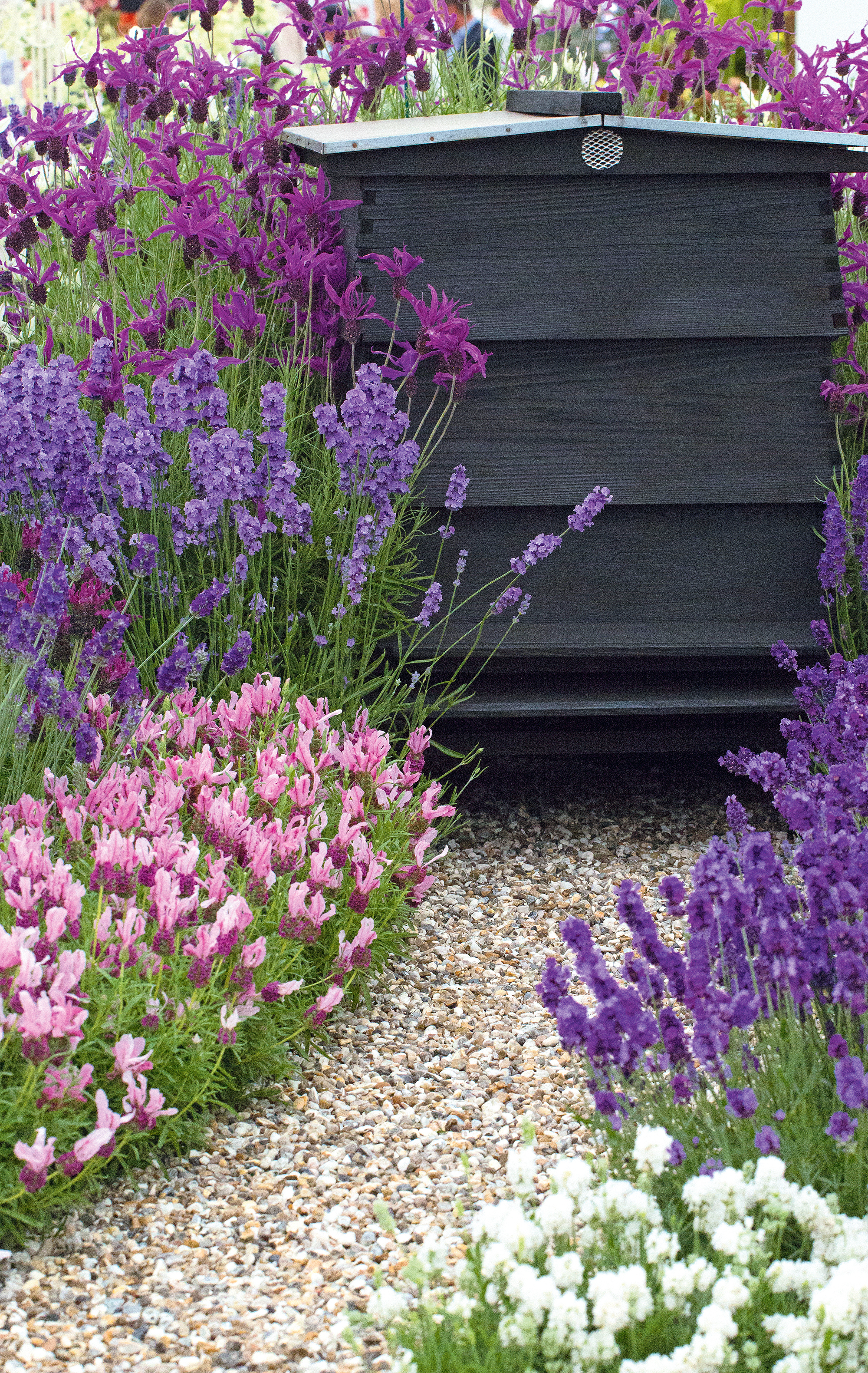When to transplant lavender – to move your plants safely
Find out when to transplant lavender for the perfect purple flower bed addition


Lavender is an incredibly versatile and attractive garden flower, with a fragrant scent that has become a favorite for many. Knowing when to transplant lavender can help you to prolong your plant's life so that you can continue to experience its wonders for longer.
While it is important to know when to plant lavender for your plants to take root and establish impressive blooms, transplanting lavender is a key plant care tip that can help to extend its lifespan by providing it with fresh nutrients, protecting it from bad weather, and ensuring that it has enough space to grow so that your flower bed ideas continue to have lush purple plants.
Below, you can learn when to transplant lavender for thriving perennial plants with these experts' advice.
When to transplant lavender
Like many perennial plants, lavender can be transplanted in two periods of the year that coincide with when you might need to think about pruning lavender. Spring and early fall are key times of the year for plant maintenance as well as the ideal time to transplant lavender for the best results, whether you are moving your plants around your backyard or are relocating your plants indoors to protect them over winter.
'If the fall weather is mild, then it’s fine to transplant your lavender. Alternatively, wait until spring when the ground is warm and the plant isn’t yet flowering,' says Fiona Jenkins, gardening expert at My Job Quote.
Transplanting Lavender in Fall

If you know when to plant lavender, you will know that early to mid-fall is a key time for lavender care.
Because lavender is best transplanted when the weather is not too hot, but also not too cold with chances of frost, early fall is a great time to move your plants – especially if you want to shield them over winter in harsher climates.
When transplanting in fall, make sure that the ground is not frozen and choose a day at least one month before the first frosts so the roots have enough time for development in the new soil.
Why transplant lavender?

While it is best to not divide lavender plants due to their woody nature, transplanting them and moving them around your garden could be beneficial to the plant's ability to thrive. 'Transplanting gives plants, old or new, a fresh start in new pots or locations,' explains Marcus Eyles, expert and horticultural director at Dobbies Garden Centres. 'Replanting with fresh compost will give your plants a nutrient boost and it will allow you to assess your plants’ roots and ensure they have enough space to grow.'
'As lavender matures, it can quickly run out of growing space for both the stems and the large root system,' continues Fiona. 'So, transplanting lavender can help it to thrive. Lavender is also good for dividing and replanting between veggies and flowers to minimize pests and attract pollinators. And non-hardy varieties of lavender benefit from being transplanted to a greenhouse over winter to protect them from the cold.'
If you do wish to duplicate your lavender plants, it is better to learn how to take plant cuttings, and specifically how to propagate lavender from cuttings, rather than splitting or dividing your plant.
How to look after new lavender transplants

'If you have transplanted lavender, the key is to keep plants moist until they are well established, but make sure you don't overwater,' advises Marcus. 'You should also keep the area free from weeds to reduce any competition for the roots to settle.
'Protecting your plants from harsh winter weather is important to allow your plants to establish, and this can be done by mulching well with a good quality peat-free compost. Mulching will not only safeguard any new plants from the elements but it will ensure good soil health and protect your plants’ roots when temperatures drop. Your new transplants will also benefit from being put into covered fleece protection during a particularly harsh winter,' he continues.
'Mixing a little sand and gravel in around the roots and plant base can help ensure the soil is well-draining and loose enough for roots to develop,' adds Fiona.
Should you water lavender after transplanting?
You should water lavender once per week after transplanting, allowing the soil to dry between watering. Immediately after transplanting, thoroughly soak the lavender's soil to help it to adjust to its new home and prevent transplant shock.
Can I transplant lavender in summer?
While mature lavender takes well to being transplanted, you should only transplant up until early summer and not much beyond this point. Transplanting the plant while it is dormant allows it to adjust better to its new environment and can cause less stress than while it is in bloom. Transplanting throughout summer could stress your plant's roots and cause weakening, death or leave the plant susceptible to disease.
Sign up to the Homes & Gardens newsletter
Design expertise in your inbox – from inspiring decorating ideas and beautiful celebrity homes to practical gardening advice and shopping round-ups.

Chiana has been at Homes & Gardens for two years and is our resident 'queen' of non-toxic living. She spends most of her time producing content for the Solved section of the website, helping readers get the most out of their homes through clever decluttering, cleaning, and tidying tips. She was named one of Fixr's top home improvement journalists in 2024.
-
 ALDI just restocked their smart-looking $4.99 self-watering planters for small container gardens, and it's the ideal solution for plant serial killers
ALDI just restocked their smart-looking $4.99 self-watering planters for small container gardens, and it's the ideal solution for plant serial killersThese highly-rated planters are perfect if you are time-poor, a novice gardener, or a frequent short-haul traveler
By Jennifer Ebert
-
 Diane Keaton's living room is proof that 'symmetry in interior design' is far from dated – this concept is still ingrained in our philosophy, but there's a twist
Diane Keaton's living room is proof that 'symmetry in interior design' is far from dated – this concept is still ingrained in our philosophy, but there's a twistSymmetry is a design trick used to create smart-looking spaces
By Jennifer Ebert